
BYD Seal vs BMW i5 M60: Which is the Best Driver's EV?
At half the price, the Seal seems to be a real thorn in the side of the i5 M60. But can a BYD be as good a driver’s EV as a BMW?
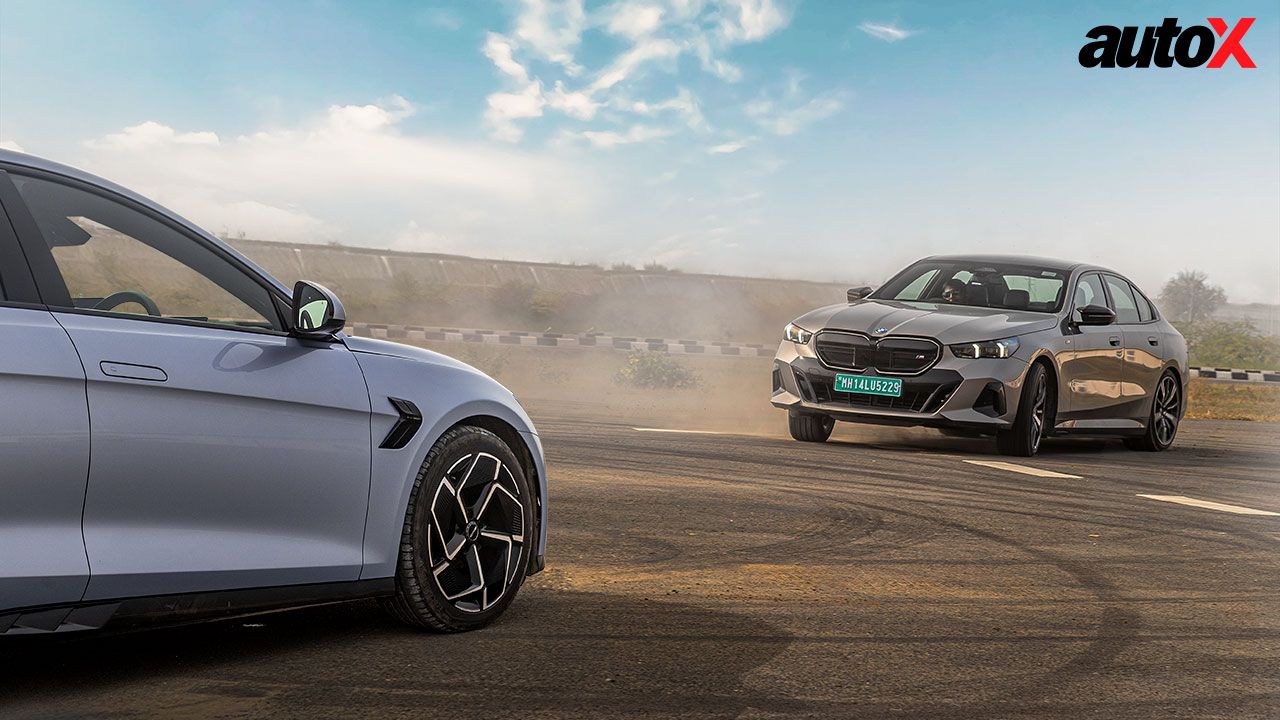
Let’s cut straight to the chase. I’ll put my neck on the line and say that the BMW i5 M60 is the best everyday M car that you can buy right now in the country. Yes, I know it’s an EV. Yes, I know that BMW and M purists may call it sacrilege, but it is what it is. The i5 M60 is stupendous. It’s silly fast in a straight line, but it’s not a one-trick pony. That’s because it offers BMW M’s signature driving dynamics despite weighing as much as a whale! At the same time, when you calm its electric horses down, it has no problem turning into a luxo barge. It’s a proper luxury saloon. What’s more, at ₹1.2 crore, it offers great bang for your big bucks if you ask me, especially when you consider the fact that the full-blown M5, which is marginally quicker (and much louder) costs ₹2 crore and thereabouts.
As always, when I shared these thoughts with my colleagues, they weren’t as thrilled or convinced, especially Karan. ‘Dude, the BYD Seal costs half as much, and it’s as quick, spacious, and luxurious. Calling the i5 good value…well, that’s just bad financial advice!’ he said.
Karan may have a point, but you never judge a book by its cover and a car based on its spec sheet or price tag. So, to prove him, and other detractors for that matter, wrong, I had no other option but to pitch the i5 against the Seal in a direct head-to-head comparison and find out what’s what.
Seal the deal?
Even though I’m firmly in the i5 camp, it’s hard not to be staggered by the BYD’s spec sheet, especially given its price point. The Performance AWD version we had on test gets a dual-motor setup – one on each axle – and combined, the system pushes out 523bhp of max power and 670Nm of peak torque. BYD claims it can clock 0 – 100km/h in 3.8s. They are so proud of this figure that someone in the marketing team thought it would be a good idea to plaster the ‘3.8s’ moniker on the boot lid. While some may see it as a badge of honour, I feel it’s a bit too cheesy, almost as if the Seal is trying too hard to flaunt its performance. That said, it more than lives up to that claim because the Seal is plenty quick, as advertised. Put it in Sport mode, and it will launch towards the horizon like a missile – or so it feels. There’s no dearth of performance here, for sure. What it does miss, though, is a bit of drama. It’s fast, but it’s not violent. It doesn’t quite pin you back when you stomp on the throttle pedal. Progress is brisk, albeit a bit gradual and measured. The BYD also makes some funny noises – chimes and bongs – which make it feel like an appliance. The German (electric) horses, however, don’t roll in the same manner.
The i5 is propelled by a dual-motor setup, much like the Seal. Its total output stands at a whopping 593bhp, and together, the electric motors produce a twisting force of 795Nm. Despite having a significant advantage in the numbers game, the i5 is no quicker than the Seal. According to the official data, it clocks 0 – 100km/h in an identical 3.8 seconds, just like the BYD. Why is that, you ask? Well, that’s because the BMW is considerably heavier than the BYD – 2,380kg vs 2,185kg.
The BMW is overweight, no doubt, but that’s what makes the whole experience more dramatic – at least, in terms of straight-line performance. As you might have learnt in high school physics, an object’s momentum is directly proportional to its mass and velocity. As a result, going from nought to a hundred in the i5 offers a greater sense of speed and drama. Even if you’re going no faster than you’d in the BYD, the acceleration is more intense and you’re subjected to greater G-forces. Couple this with the spooky Hans Zimmer sounds being fed to your senses by the surround sound system of the i5, and you’re in for a visceral treat. If the BYD is a musical, the BMW is nothing short of an opera.
Bringing all that mass to a halt is not an easy feat, either. However, both EVs are surprisingly potent when you drop the anchors. However, once again, the BMW’s brakes offer a more natural progression compared to the slightly grabby and wooden feel of the BYD’s B-pedal. Also, the i5’s regen modes offer greater levels of adjustability compared to the Seal.
Handle With No Care
Gone are the days when electric cars were just fun in a straight line and completely boring around corners. EVs have come a long way in terms of handling, and the two sedans you see here are living proof. But, of course, which one is the better driver’s car?
Again, if you judge cars based on what they offer on paper, you wouldn’t bet against the BMW. The M in the i5 M60 stands for Motorsports, while the BYD in the Seal stands for Build Your Dreams – quite telling of their characteristics, isn’t it? But, as I have been saying over and over, don’t judge a book by its cover. In other words, don’t discount the Seal as a driver’s sedan – yes, even if it’s up against the mightiest of names such as BMW, or M for that matter.
Let me just be direct and say that the Seal’s handling is shockingly good! The steering is direct and well-weighted, and the front-end is extremely reactive to your inputs and almost feels like a go-kart. The rear-end, though, is a bit loose. Push it hard around a corner, and it gets out of shape quite easily. But before you try and feather the throttle to control the slip, you’ll find the electronics have already done that for you, albeit abruptly. It’s not playful. There’s no leniency. Even the traction control can’t be turned off completely. The stability is phenomenal, though, and the chassis’ composure is remarkable – it has a 50:50 weight distribution, and that’s evident during quick directional changes. There’s no excessive leaning or understeer. It just gets on with the business of stitching corners like a proper sedan. I knew the BYD was good, but I wasn’t aware it was that good.
Step into the i5 and you’ll immediately find the ambience to be sportier and the quality of everything you touch and feel far superior to the BYD – it has to be the case because it costs more than half-a-crore more! The i5 shows that when a legacy automaker like BMW does an EV, they leave no stone unturned. This means the driving position is perfect – you sit low-down, every control falls in hand perfectly, there’s carbon fibre everywhere, and the sports bucket seat with electrically activating side bolsters get you in a racy mood in no time. The tech inside is marvellous and the BMW’s curved display is a league above BYD’s rotating screen, be it in terms of its display quality or user interface.
The M steering wheel not only looks good but also offers delectable precision – although its not as weighty as the BYD’s wheel. Body movements are taut, while the low-profile 20-inch M wheels shod with Michelin ‘e’ rubber offer immense grip levels. In case you want to let it loose, the i5 does allow you to turn the electronic nannies completely off. Since this is a BMW AWD system, it obviously favours the rear wheels more, meaning you’ll have no problems in setting the rear tyres alight. That said it is one heavy bruiser, so if you make a mess of it, it won’t take any prisoners. It will bite back! Not to mention, its extra weight rears its ugly head on the track, especially during quick changes of direction. This also explains why it turned out to be a whisker slower than less powerful but much lighter Seal during our annual track test. The BMW’s ride quality is more sophesticated and compliant on all kinds of roads. The BYD’s ride is quite choppy at high speeds.
Dressed to Kill?
I can’t jump to the conclusion without discussing the aesthetic appeal of both the sedans. Now to my eyes, the Seal is a handsome and proportionate design. It’s a bit over the top at places, but on the whole it’s a sleek and contemporary sedan. Although I’m not sure if it would age gracefully – it’s a very ‘now’ design. Timeless, not so sure.
The i5 isn’t a work of art either. Like all modern BMWs, the design is brash and in-your-face. Great for boy racers, but then how many boy racers have a crore and a half to spare on a performance EV? That being said, the i5’s got refined aggression, and I think it will age well. If I am honest, I hated the current-gen G60 5 Series when it first came out, but I have to admit, that it is kind of growing on me. And I feel that it will have same kind of effect that the E60 had. Loathed in the beginning, but now it has become one of the most admired BMW designs of all time.
Verdict
Let’s go back to the beginning. I started off fanboying over the i5, so it wouldn’t be unfair to say that I am biased if I declare it to be the winner of this test. Subjectively, yes, the i5 M60 still has my heart. But, am I still blindly in love with it? Well, that’s difficult to say, especially since the Seal has entered the fray.
At less than half the price, it’s a phenomenal deal. It matches the i5 pound for pound in terms of performance, and its handling is also shockingly spectacular – not as engaging or intuitive as the i5, but certainly not far behind. The Seal has its quirks, and it takes time to get used to them, but you can’t deny it’s an outstandingly well-packaged product. And that’s my conclusion. The Seal is the better product of the two, but the i5 is the better car.
So, does that justify spending nearly ₹70 lakh on it over the Seal? Well, I was sure of it until Karan pointed out that you could buy a Seal and a BMW M340i for the price of the i5. For once, I do, grudgingly, agree with him.
Engine: Dual Motor
Transmission: Single-Speed AWD
Power: 593bhp
Torque: 795Nm
Fuel: Electric
Price: ₹1.20 Crore Ex-Showroom
X-Factor: It may not have a loud engine, but it’s every bit as sensational to drive as an ‘M’ car. That’s high praise, indeed.
|
Pros • Handling • Luxury |
Cons • Heavy |



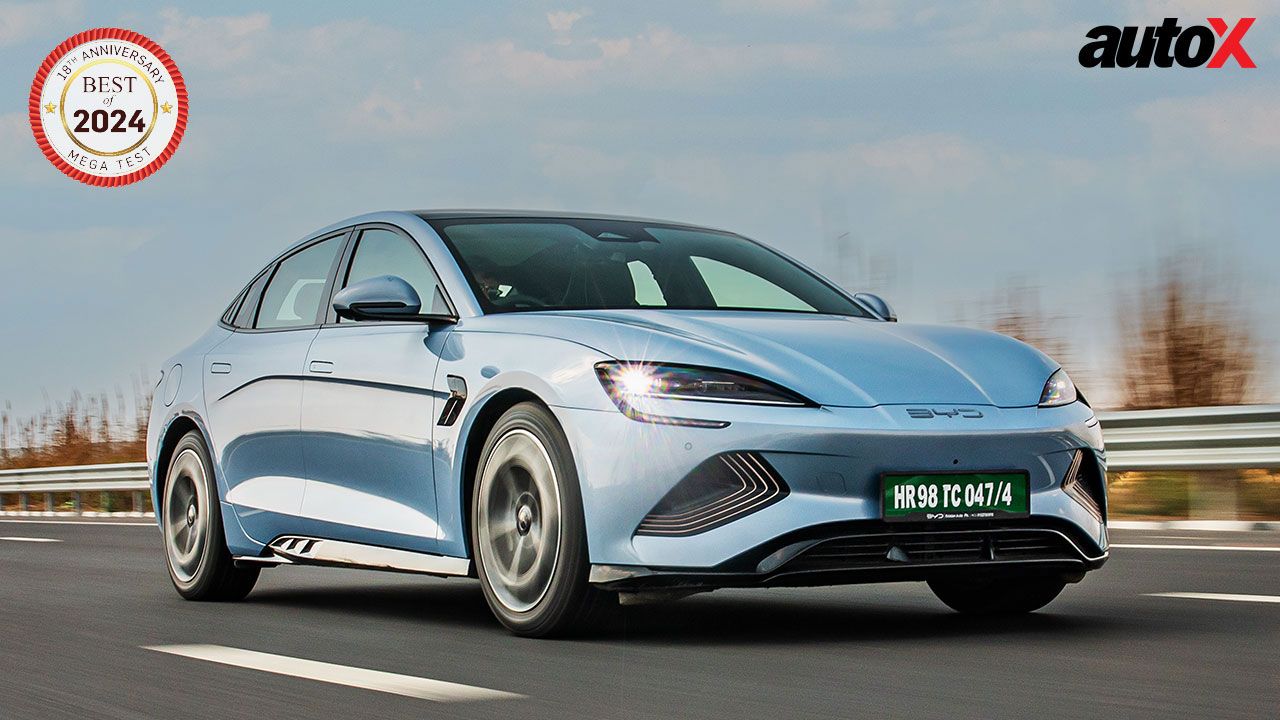
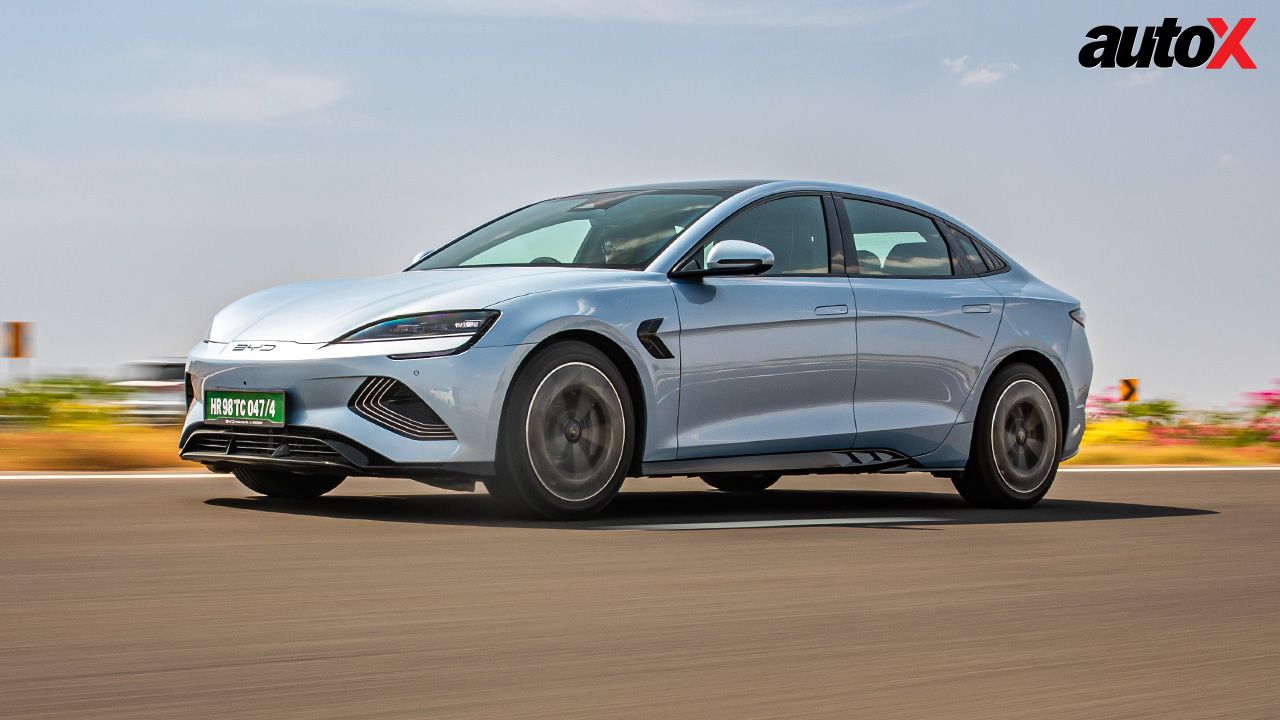

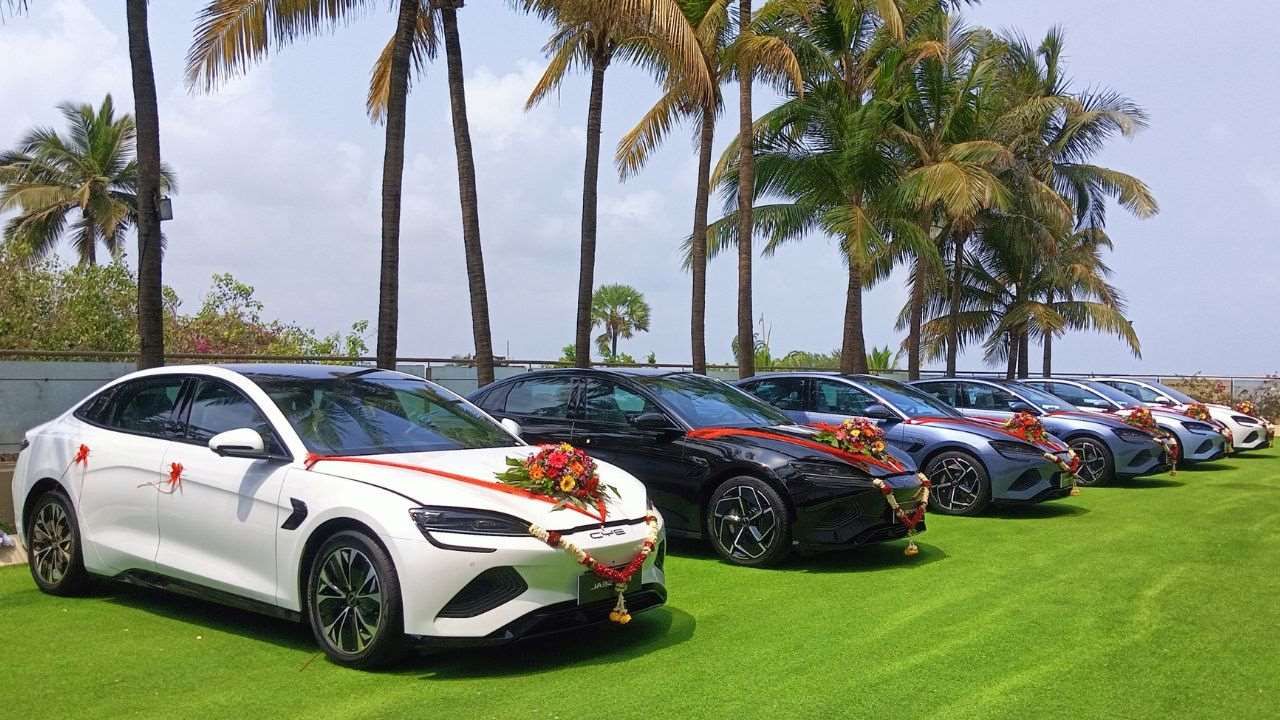
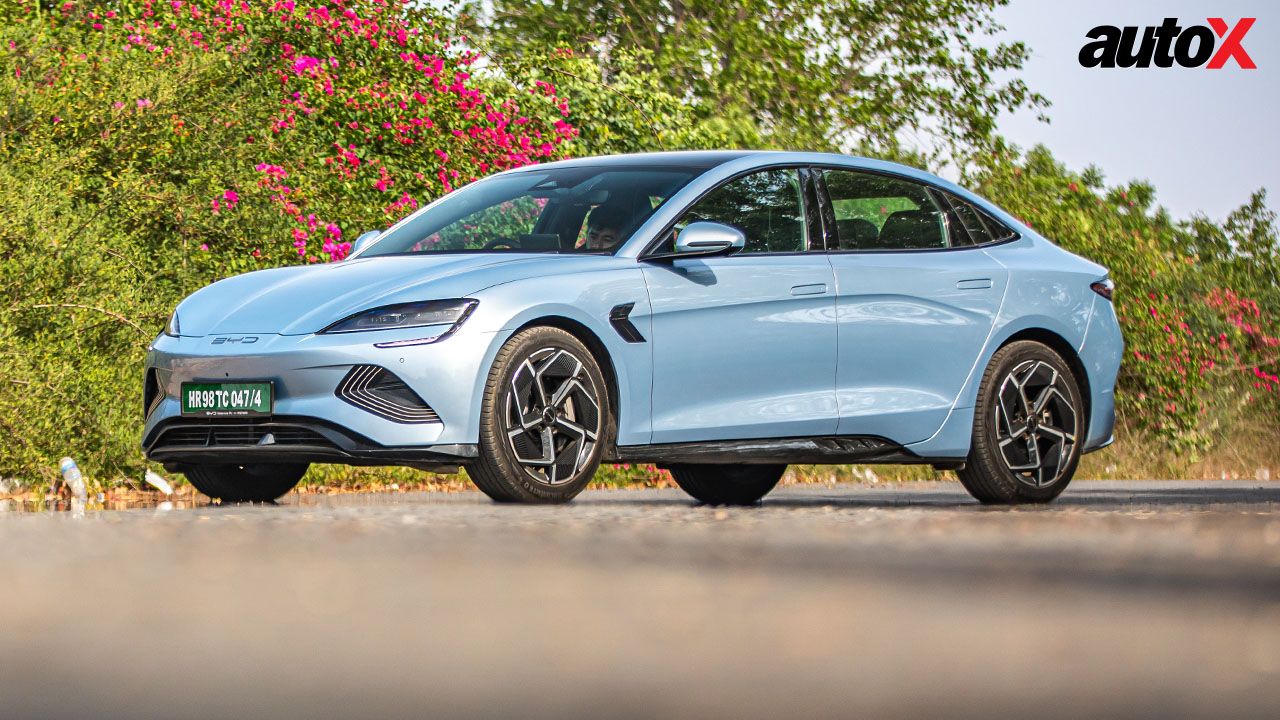

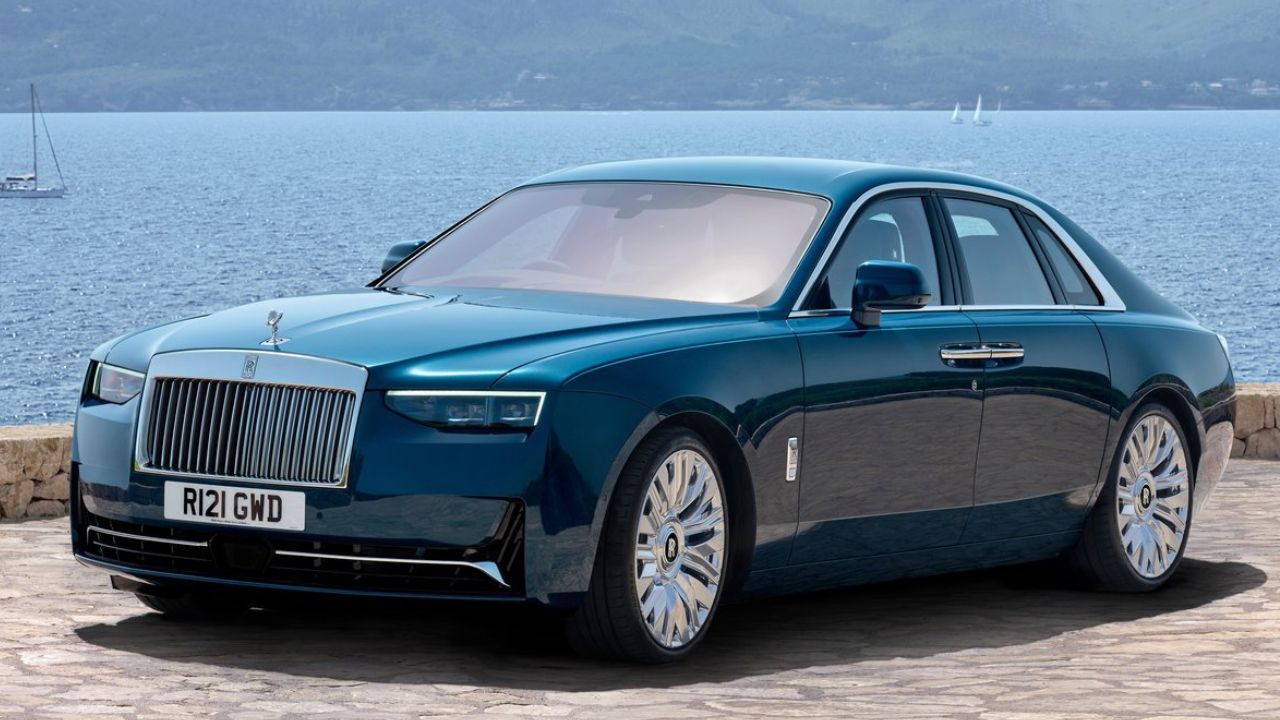
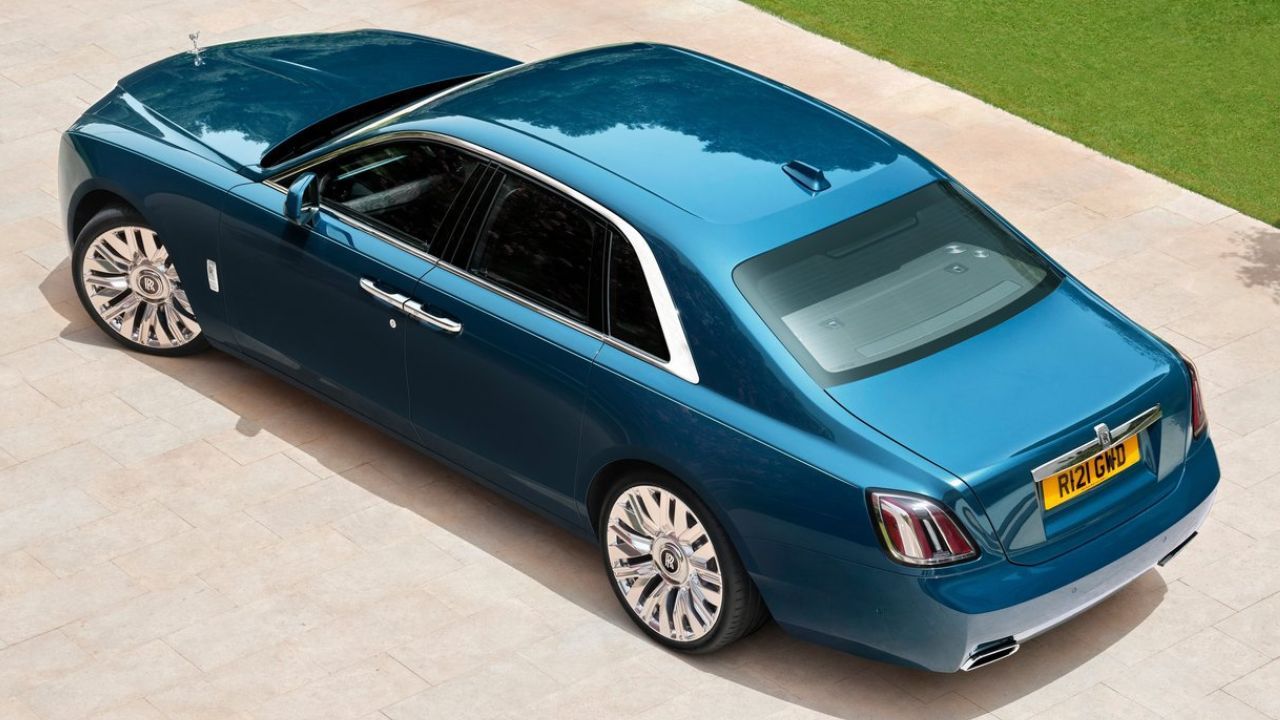

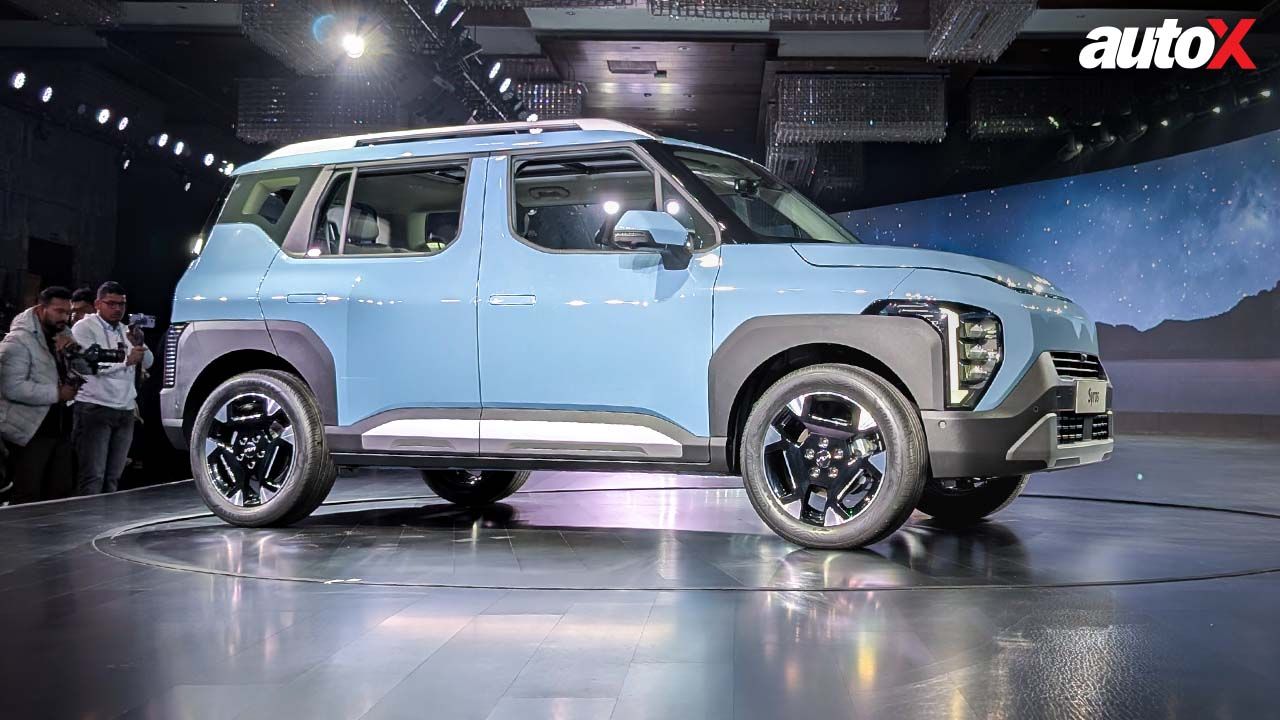
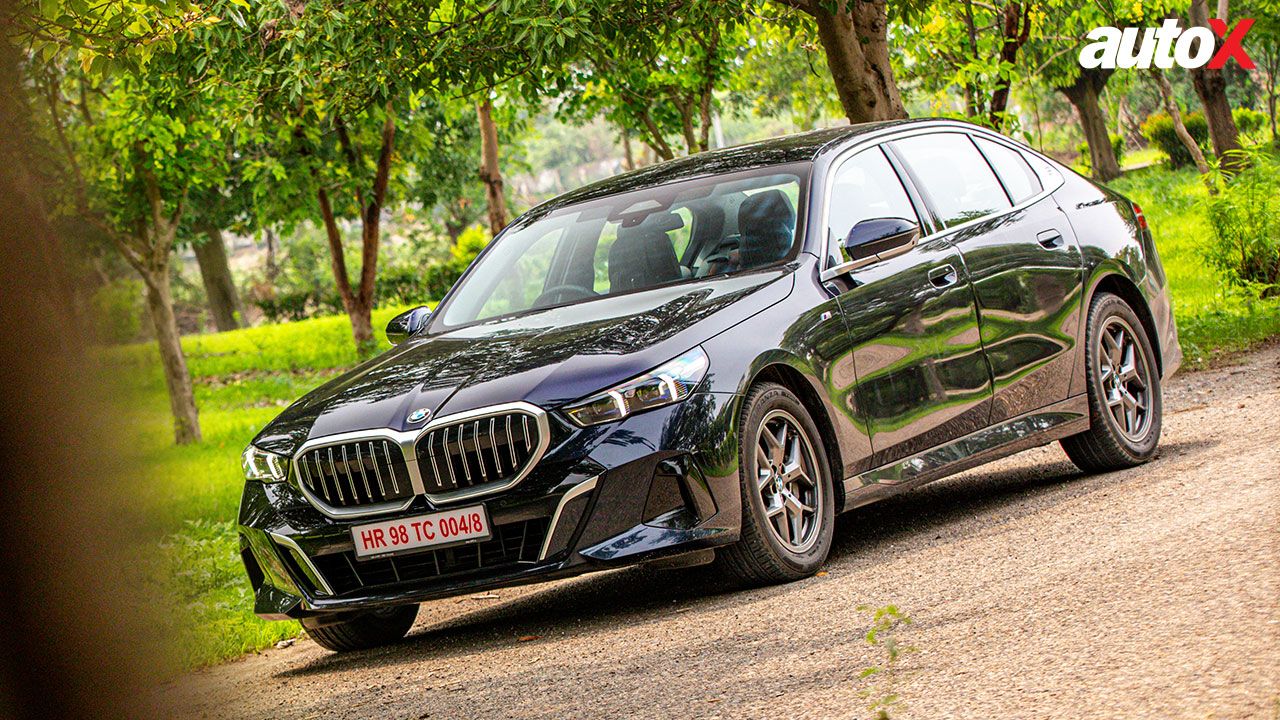
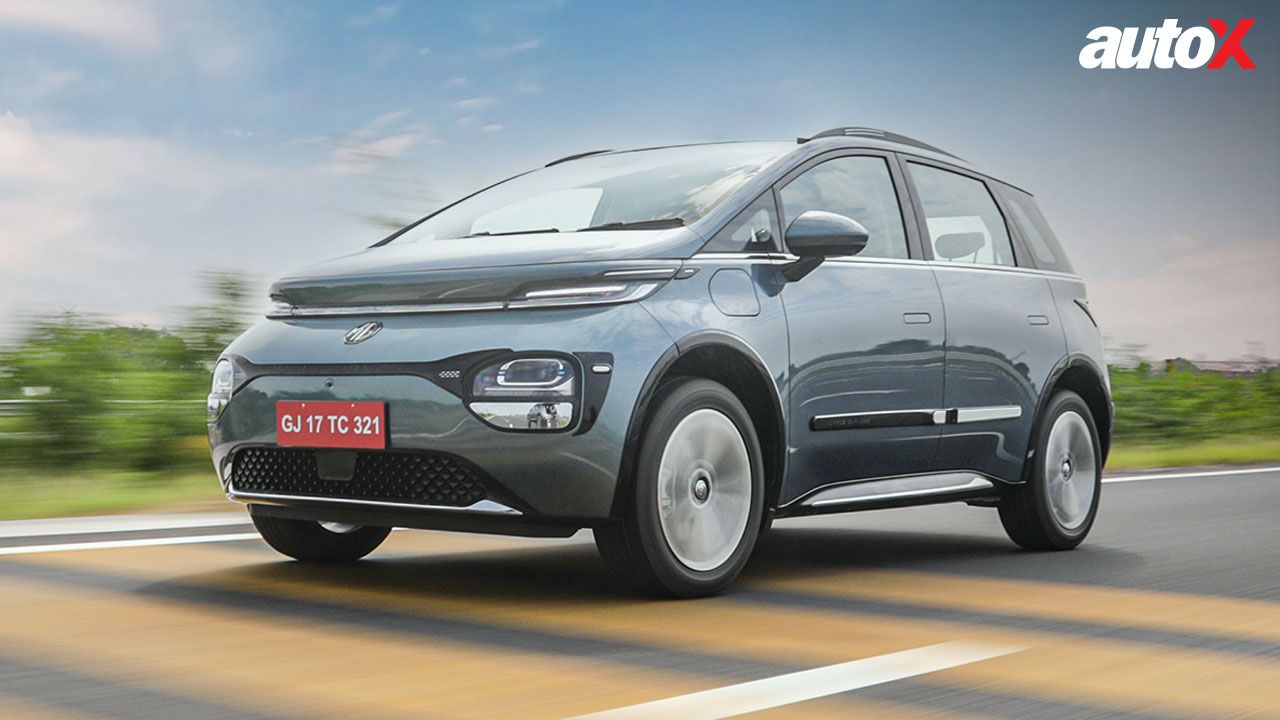
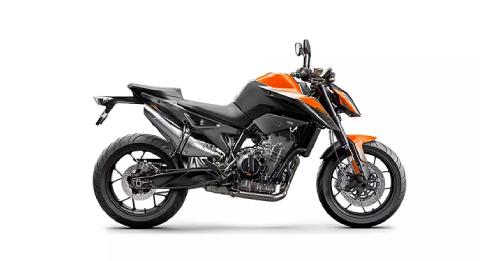
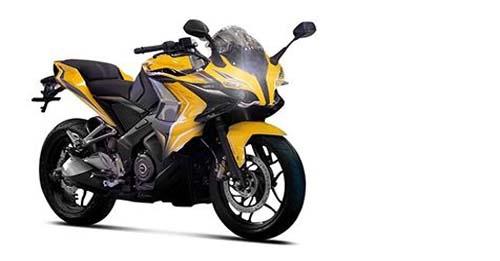
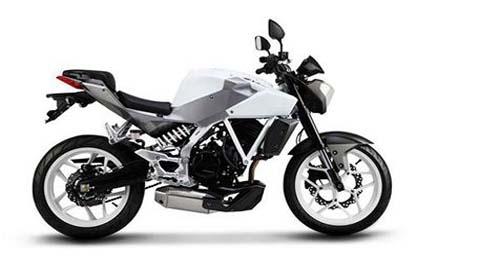
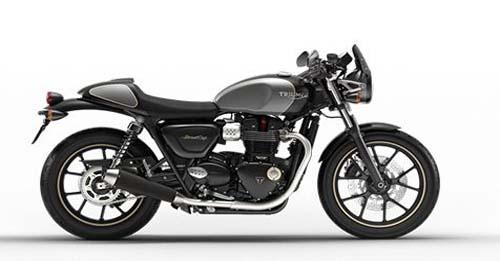










Write your Comment on